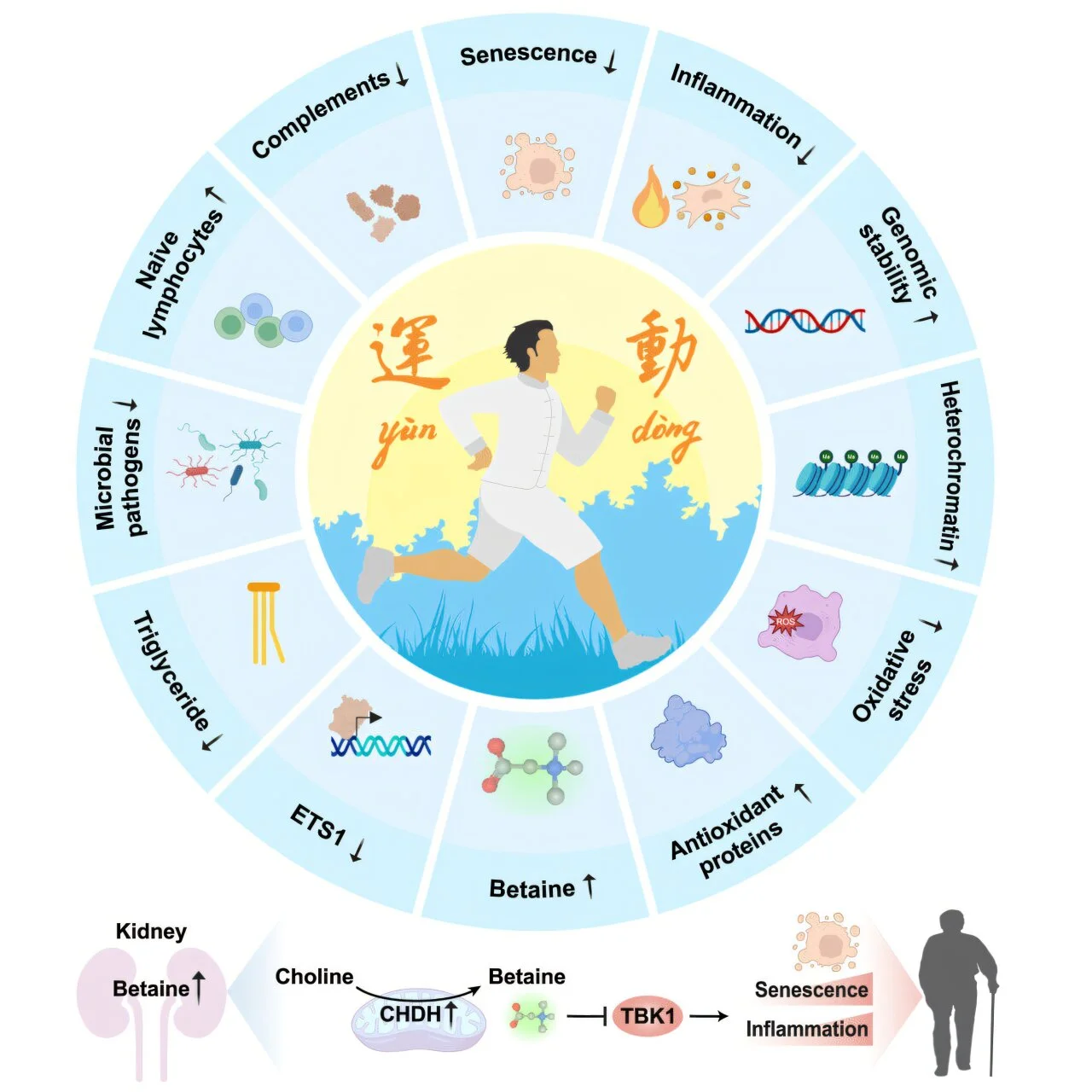Death is the one universal certainty we all share. But the how and why of death is not evenly distributed across humanity. From affluent cities with high-tech hospitals to remote villages with limited healthcare access, the causes of death reveal as much about inequality and environment as they do about biology.
In our modern era, the majority of deaths are no longer from plagues or predators, but from chronic diseases that creep up silently, often years in the making. Yet, beneath the sobering statistics lies a powerful truth: many of the leading causes of death are preventable. Through science, policy, education, and access to care, we can extend life and improve its quality.
The following narrative journeys through the world’s top causes of death—interweaving the hard science with human stories, and always pointing toward prevention, resilience, and hope.
The Silent Siege of Heart Disease
Every year, cardiovascular diseases claim the lives of nearly 18 million people worldwide, making them the leading cause of death. Often, the battle begins silently—with plaques forming in arteries, blood pressure slowly rising, and hearts working harder with each beat. Unlike the dramatic heart attacks portrayed in films, many people die from heart disease without ever knowing they had it.
Coronary artery disease, the most common form, arises when fatty deposits (atherosclerotic plaques) accumulate in blood vessels supplying the heart. These plaques restrict blood flow and, when ruptured, trigger clots that can block arteries completely. A similar mechanism can lead to strokes, especially when vessels in the brain are affected.
But the real tragedy isn’t the prevalence—it’s the preventability. Diets rich in saturated fats and processed sugars, sedentary lifestyles, chronic stress, and tobacco use contribute massively to heart disease. A culture of convenience has given rise to a global epidemic of poor heart health.
Prevention lies in embracing what our ancestors knew intuitively: move often, eat naturally, sleep well, and maintain strong social bonds. Routine screening for blood pressure, cholesterol, and diabetes plays a critical role. Cardiology may be an advanced science, but its greatest achievements still hinge on basic lifestyle changes.
The Breathless Toll of Stroke
Often considered a cousin to heart disease, stroke is another vascular catastrophe—this time affecting the brain. It occurs when the blood supply to part of the brain is interrupted or reduced, depriving brain tissue of oxygen. Within minutes, brain cells begin to die.
There are two main types of stroke: ischemic (caused by blocked arteries) and hemorrhagic (caused by leaking or burst vessels). The former accounts for nearly 87% of all cases.
Stroke kills over 6 million people annually and disables millions more. Survivors often struggle with speech, memory, and motor control. It’s not just a medical crisis—it’s a life-altering rupture of identity and autonomy.
But here, too, prevention is profoundly effective. The risk factors for stroke mirror those of heart disease: hypertension, smoking, high cholesterol, obesity, and diabetes. Reducing salt intake, managing stress, engaging in physical activity, and moderating alcohol consumption are life-saving strategies. Equally critical is awareness—knowing the signs of stroke (sudden confusion, weakness, difficulty speaking or seeing) and seeking immediate care can mean the difference between recovery and lifelong disability.
Lung Cancer: The Breath That Betrays
Lung cancer is one of the deadliest malignancies worldwide, claiming more than 1.8 million lives annually. Unlike some cancers that progress slowly or are detected early, lung cancer often spreads before it shows symptoms. By the time a persistent cough or chest pain sends someone to the doctor, the disease is often advanced.
The number one cause? Smoking. Tobacco smoke delivers a carcinogenic cocktail directly to the lungs—more than 70 of its chemicals are known to cause cancer. But even non-smokers aren’t safe. Exposure to secondhand smoke, radon gas, air pollution, and occupational chemicals like asbestos contribute significantly.
For many, quitting smoking is the single most transformative health decision they can make. Public health efforts, like anti-smoking campaigns, clean air laws, and higher tobacco taxes, have already saved millions of lives. But disparities remain—low-income communities and developing nations bear the brunt of tobacco-related deaths.
Prevention, then, is not just a personal effort—it’s a societal responsibility. Empowering people to quit, protecting children from early exposure, and addressing the social drivers of tobacco addiction remain critical.
Chronic Obstructive Pulmonary Disease: Suffocation in Slow Motion
COPD, or chronic obstructive pulmonary disease, is an umbrella term for progressive lung conditions that obstruct airflow and make breathing an agonizing task. Emphysema and chronic bronchitis are its primary manifestations. Together, they account for over 3 million deaths annually.
The disease unfolds slowly—often over decades. Patients initially notice a lingering cough or breathlessness during exertion. As the lungs deteriorate, oxygen becomes a precious commodity. Many require oxygen tanks just to walk across a room.
As with lung cancer, smoking is the chief culprit. Long-term exposure to lung irritants—smoke, air pollution, chemical fumes—damages the airways and alveoli, reducing the lungs’ ability to take in oxygen and expel carbon dioxide.
There is no cure for COPD, but its progression can be slowed. Smoking cessation is paramount. Pulmonary rehabilitation, inhaled medications, and lifestyle adjustments can improve quality of life. In some cases, lung transplants offer hope. But the greatest victories will come from reducing exposure—through cleaner air, safer workplaces, and aggressive anti-smoking efforts.
Lower Respiratory Infections: The Ancient Killers Persist
Pneumonia, bronchitis, and other lower respiratory infections remain among the leading killers, especially of children and the elderly. They claim over 2.5 million lives each year, often striking hardest where healthcare is weakest.
Pneumonia—the inflammation of the air sacs in one or both lungs—can be caused by bacteria, viruses, or fungi. It’s particularly deadly when coexisting conditions like malnutrition, HIV/AIDS, or chronic illness weaken the body’s defenses.
In children under five, respiratory infections remain a leading cause of death, particularly in sub-Saharan Africa and South Asia. Here, prevention and treatment are often a matter of access—vaccines, clean water, and antibiotics can make the difference between life and death.
Vaccination is a potent shield. Immunizing against pathogens like Streptococcus pneumoniae, Haemophilus influenzae type b, and influenza has dramatically reduced infection rates where implemented. Good nutrition, handwashing, and reducing indoor air pollution (especially from wood or coal-burning stoves) are equally vital.
Neonatal Conditions: The Fragile First Days
The first 28 days of life are the most dangerous. Neonatal conditions, including preterm birth complications, birth trauma, and infections, account for over 2 million deaths each year. These are often invisible tragedies—quietly occurring in hospitals, clinics, and homes, especially in regions with limited maternal and newborn care.
Premature birth is a major factor. Infants born too early often face underdeveloped lungs, brains, and immune systems. They are highly vulnerable to sepsis, respiratory distress, and hypothermia. Lack of prenatal care, maternal malnutrition, infections during pregnancy, and teenage pregnancies heighten the risks.
But the path to prevention is clear. Ensuring maternal health before and during pregnancy, providing skilled birth attendants, and improving neonatal intensive care can drastically reduce these deaths. Low-cost interventions—kangaroo care (skin-to-skin contact), breastfeeding, antibiotics for infection, and sterile delivery environments—are lifesaving.
A newborn’s fate should not be determined by geography. Global efforts to strengthen maternal and child health are not just noble—they are necessary and attainable.
Diabetes: The Sugar Trap
Diabetes is often framed as a condition of excess—too much sugar, too much food, too little exercise. But that framing misses the full story. With over 1.5 million deaths each year and millions more suffering complications like blindness, kidney failure, and amputations, diabetes has become a global health crisis.
Type 2 diabetes, the most common form, occurs when the body becomes resistant to insulin—the hormone that regulates blood sugar—or when insulin production declines. The result is chronically high glucose levels, which damage organs over time. Genetics play a role, but environment, lifestyle, and socioeconomic factors are decisive.
Processed foods rich in refined carbs, sugary drinks, sedentary jobs, urban sprawl, and food deserts conspire to raise risk levels. Worse, many people with diabetes are unaware they have it until complications arise.
Prevention requires reshaping both individual habits and societal systems. Regular exercise, whole-food diets, healthy weight maintenance, and avoiding excess sugars are key. On a broader scale, urban planning that encourages movement, food labeling, sugar taxes, and early screening programs can shift the curve of this epidemic.
Kidney Disease: The Invisible Decline
Chronic kidney disease (CKD) rarely makes headlines, yet it kills more than 1.3 million people each year. The kidneys—two bean-shaped filters tucked beneath the rib cage—cleanse the blood, regulate fluids, and maintain essential chemical balances. When they begin to fail, waste products build up silently, triggering a cascade of damage.
Diabetes and hypertension are the chief culprits, gradually eroding kidney function over years. Other contributors include infections, autoimmune diseases, certain medications, and inherited disorders. Often, CKD goes unnoticed until advanced stages, when dialysis or transplantation become necessary.
Prevention lies in controlling blood sugar and blood pressure, avoiding unnecessary medications (especially NSAIDs), staying hydrated, and undergoing regular checkups if at risk. A simple urine test and blood creatinine measurement can detect early signs.
While kidney transplants and dialysis are lifesaving, they are also costly and inaccessible in many parts of the world. Strengthening primary care and early screening programs offers the best defense against this silent epidemic.
Liver Disease: The Organ That Suffered in Silence
The liver is our biochemical powerhouse—processing nutrients, detoxifying blood, and producing vital proteins. When it falters, the consequences ripple through the body. Liver diseases, particularly cirrhosis and liver cancer, cause over 1.3 million deaths annually.
The roots of liver failure are diverse: chronic hepatitis infections (especially hepatitis B and C), long-term alcohol abuse, obesity-driven fatty liver disease, and toxin exposure. Hepatitis B and C are particularly insidious, often causing no symptoms until extensive damage is done.
But science has changed the landscape. Effective vaccines against hepatitis B, antiviral treatments for hepatitis C, and public awareness about alcohol and liver health have transformed liver disease from inevitable to manageable.
Preventing liver disease involves a mix of medical innovation and behavioral change. Safe injection practices, routine testing, avoiding excessive alcohol, weight control, and vaccination are powerful tools. The liver has a remarkable ability to regenerate—but only if we give it the chance.
Tuberculosis: An Ancient Scourge Reimagined
Tuberculosis (TB) has haunted humanity for millennia. Once called “consumption” for the way it slowly wasted away its victims, TB remains a global killer, especially in low-income countries. It claims more than 1.2 million lives each year.
Caused by Mycobacterium tuberculosis, TB primarily affects the lungs but can also target the brain, bones, and other organs. It spreads through the air when infected people cough, sneeze, or speak. Crowded living conditions, malnutrition, HIV infection, and weakened immunity amplify its reach.
Though TB is treatable with antibiotics, multi-drug-resistant TB (MDR-TB) has emerged as a formidable threat. In some regions, treatment can take over a year with severe side effects.
Prevention hinges on early detection, vaccination (BCG), completing treatment regimens, and addressing social determinants like housing and nutrition. Newer vaccines and shorter drug courses are under development, offering renewed hope. But TB will only truly be conquered when poverty, stigma, and neglect are also addressed.
Looking Forward: Life, Death, and the Power of Prevention
The leading causes of death do not emerge from nowhere. They are shaped by choices, environments, policies, and histories. While some are rooted in genetics or age, most reflect modifiable risks—smoking, diet, pollution, inequality, and healthcare access.
Preventing death is not just about extending life—it’s about enriching it. It’s about children growing up free of preventable infections, adults living without the burden of chronic illness, and elders aging with dignity and strength. It’s about communities empowered to make healthy choices, and systems designed to support—not sabotage—wellbeing.
Each statistic is a story. Behind every number is a name, a family, a future that could be different. In knowing the causes of death, we hold the map to more life.
And in prevention, we find the courage to change the ending.






